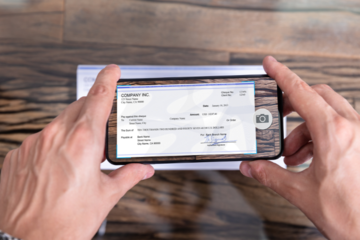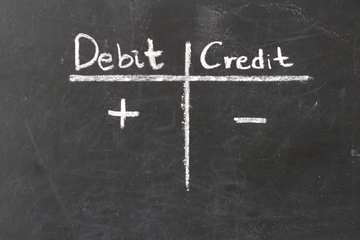Credit cards can be excellent or maddening, depending on their use. Either way, they have become essential to modern life. If you want to rent a car, book a dream cruise, or set up a new utility account, more than likely, you’ll be asked for a credit card number.
It used to be that only unsecured credit cards were offered, but banks have since realized a large market of people need to rebuild their credit and have access to a credit card. The result has been the rise of secured credit cards.
So what’s the difference? Aren’t they both just credit cards? Let’s check out secured and unsecured credit cards and understand the differences.
What Is a Secured Credit Card?
Just as you can swipe an unsecured credit card to make a purchase at the local restaurant or store, the same can be accomplished with a secured credit card.
A secured card can be used in the same way, everywhere that an unsecured card may be used.
The difference is that a secured credit card has an available balance only as great as the deposit made to get the card. A secured card is traditionally intended for those rebuilding their credit. Therefore, a card with a $500 limit might have required a $500 deposit to secure it.
For those aiming to build their credit despite having lower credit scores, obtaining a secured credit card provides a simpler path. By making on-time payments and prepaying the total card limit, the cardholder can confidently rebuild their credit while also assuring the bank of minimized default risk.
How Does a Secured Credit Card Work?
A secured credit card will offer the user a predefined limit corresponding to the amount of a deposit the card user is willing to make.
A card with a $500 limit might require up to a $500 deposit. Once some amount of the available credit is utilized, the card will have a monthly payment amount to keep the card current, usually a monthly minimum payment or greater.
To keep the ability to charge up to the present limit free, the cardholder should pay the full monthly balance due. In fact, keeping most of the available credit open and available is preferable for building or rebuilding a solid credit score.
How To Apply for a Secured Card
Secured cards aren’t offered by every bank or card issuer, so it’s essential to research and compare sources for secured credit cards before applying to find the best fit.
A bank might require you to have an account to apply, whereas other sources will take your application and secure the card deposit before issuing it. If the deposit is taken, but the card is not approved, the deposit will be returned to you.
Due to the uncertainty, it’s important not to make deposits using funds that might be needed immediately.
What is an Unsecured Credit Card?
Most credit cards typically lack the need for security deposits or some other collateral, which makes them unsecured. This absence of a deposit requirement signifies that you won't have to place down any cash as collateral. Unsecured credit cards often arrive with enhanced advantages and incentives, alongside reduced fees and interest rates. In general, unsecured credit cards present a more favorable arrangement for consumers.
You might be pondering why someone would opt for a credit card that demands an upfront cash deposit. Yet, comprehending why individuals with limited or no credit history might be inclined to apply isn't overly complex. When your credit score is poor or non-existent, qualifying for a traditional unsecured credit card can prove insurmountable. And without an initial opportunity to access credit, it becomes challenging to enhance your creditworthiness over time.
Secured Credit Cards vs Unsecured Credit Cards
The difference between secured and unsecured credit cards comes down to where you are in your credit journey. Unsecured credit cards are most often used by those who have established and maintained good credit, whereas secured cards are used by those building or rebuilding their credit.
While both secured and unsecured credit cards have a tremendous impact on building your credit, the primary purpose of a secured credit card tends to be focused on improving one's credit score. It can be said that most often a secured credit card user is working to be an unsecured credit card user eventually.
Choosing Between a Secured Card vs an Unsecured Credit Card
It may seem a simple equation that those with higher credit scores would naturally choose an unsecured credit card, but that isn’t always the case. Both secured and unsecured credit cards help maintain and build credit scores, but secured cards do have a distinct advantage, your credit is limited to an amount you’ve already prepaid.
For those concerned about the potential for trouble that can come with unsecured credit cards, a small, secured card is a fabulous way to show responsible credit usage without getting into trouble.
When choosing between secured and unsecured credit cards, it doesn’t just come down to one’s credit score but their comfort level with using a card.
Whereas one user might choose a secured card to grow a credit score that otherwise wouldn’t qualify for an unsecured credit card, another user might select the secured card to ensure they stay responsible.
Another factor in making a choice between cards is how often you expect to need access to a more significant amount of funds than you currently have on hand. Many unsecured credit card users value their ability to make a significant charge now and repay it later when the funds are available. Such users might regularly need access to thousands of dollars of credit at once. In contrast, a secured card user is very comfortable only having access to a smaller amount they have prepaid.
One’s credit situation seems only to be half the story when people choose between using a secured or unsecured credit card. It comes down to comfort, needs, and goals.
Sources



